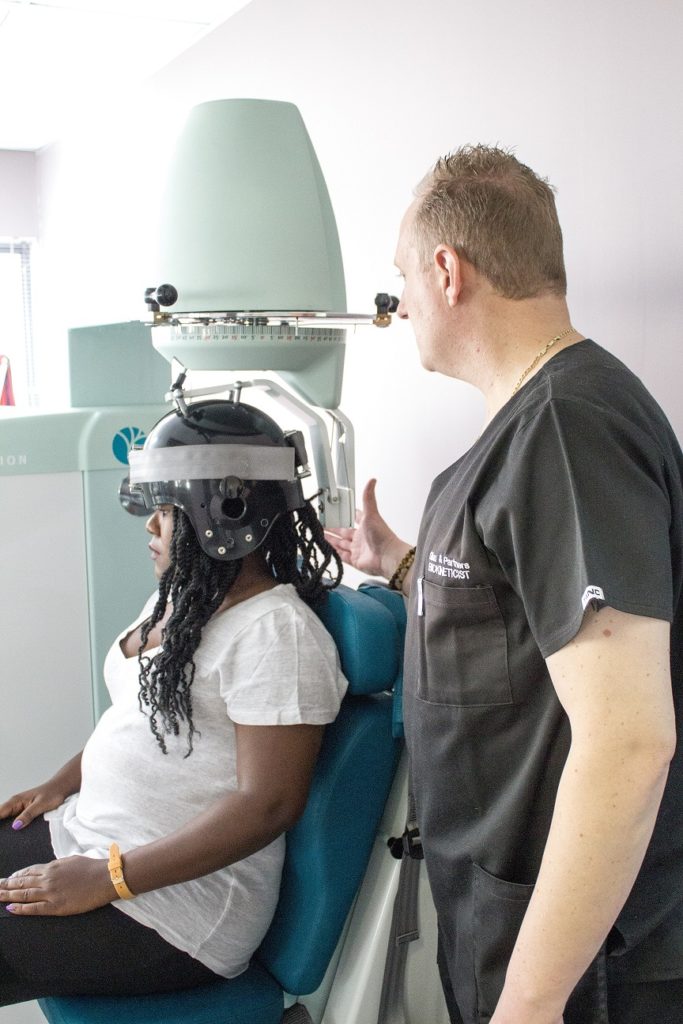Back pain is a common problem – 80% of us will experience an episode at some point in our lives. It is associated with many factors that vary from person to person but can be caused by an injury, a disc or joint problem, an irritated nerve root or poor posture. The pain might be acute or chronic but living with either can be debilitating.
Pain is considered chronic if it lasts more than three months and exceeds the body’s natural healing process. Either way, failing to get pain relief after different treatments is very frustrating. It can lead to depression, loss of working hours, extensive treatments and often sufferers lose hope and resort to popping painkillers or going for surgery. Both of which can be counterproductive.
Surgery not the only option
Many people assume that surgery is their only option to treat severe back pain. However, according to Dr Jacques Gilau, clinical head for Dr JJ Gilau and Partners utilising Documentation Based Care (DBC) technology in South Africa, ‘only a small percentage of people with back pain require surgery.’ DBC uses effective methods of musculoskeletal rehabilitation and physiotherapy for back and neck pain. Usually a 6-week interdisciplinary programme that includes treatment by doctors, physiotherapists and biokineticists.

Bonitas Medical Fund has partnered with DBC so that its members have access to a back and neck programme of up to six weeks, to either prevent surgery or, when it is unavoidable, prepare and strengthen ahead of surgery and rehabilitate afterwards.
Lee Callakoppen, Principal Officer of Bonitas says, ‘We believe in the preventative management of chronic back and neck pain and since partnering with DBC have received excellent feedback. Members are staying active, developing a better understanding about their pain, identifying the factors involved in their pain and living regular lives. For this reason we cover the full DBC treatment programme.’
According to the DBC statistics, the success rate for treating chronic back and neck pain to avoid surgery is 91% at two years follow-up. DBC has 18 equipped centres in South Africa and the treatment programme is for up to 6 weeks, after which time there are check-ups to ensure that the home programme is effective.
Back, neck and shoulder problems affect many people and are often the result of stress and lifestyle specific issues. Those receiving treatment at the DBC centres range from between the ages of 11 and 93.
‘In general, our patients have a chronic musculoskeletal condition and may require multiple interventions over a lifetime but, in most cases this means no surgery is ever needed, so many patients redo the program for new injuries or recurring issues. The aim is to help the members remain active and pain free and to continue with normal daily activities,’ says Albert van Zijl, General Manager of Klinikka (Pty) Ltd, DBC licence provider in the Southern African region.
Bonitas does not wait for members to contact the scheme when they need help, as part of the Managed Care programme, they use predictive modelling capabilities to support members who may benefit from this service by proactively contacting them and encouraging them to join the DBC programme.
One patient who was contacted by Bonitas when she was suffering from chronic back pain tells her story.
Bonitas back and neck programme give woman her life back
Thandiwe* has Lupus, a systemic autoimmune disease that occurs when your body’s immune system attacks your own tissues and organs. Inflammation caused by Lupus can affect many different body systems — including your joints. She has already been through two hip replacements, surgery to both shoulders, her right knee and her ankle. In 2018 when she started developing lower back pain that went down into her thighs and knees, she knew the disease had started to affect her back. She had to use either a walker or a wheelchair.
She says, ‘I couldn’t walk because of the sharp burning pain. I went to see an orthopaedic surgeon and a neurologist and they confirmed that Lupus was affecting my spine.’ Thandiwe was not a candidate for surgery and was at her wits’ end. Besides not being able to walk she couldn’t do house chores, go the mall or visit family or friends. ‘The worst was when the pain sort of locked my knees, even making standing painful.’
Bonitas, with whom she has been a member for 28 years, phoned her during this time and told her about the DBC back and neck programme.
The doctor at DBC said that her lower lumber vertebra, L4 and L5 are degenerating and that the multi-disciplinary programme of healthcare practitioners would help her.
The six week programme started immediately and she said that apart from consulting with the doctor she saw various therapists and had a range of treatments, including, deep tissue massage, dry needling and thermal therapy. DBC creates a customised set of therapies according to the patient’s particular needs. ‘Initially using the exercise equipment was very difficult but I felt more comfortable once the doctor checked my progress and gave advice.’
She says after a month, she started to walk slowly without a walker and didn’t need her wheelchair. ‘I felt much better and the doctor was pleased with my progress but recommended that I continue with the programme.
‘The best part of the programme is the fact that the pain is reduced, at last I can sleep on both sides and turn in my bed and I can also use the exercise equipment without feeling so much pain. I just feel so much better. I can walk around the house without any assistance. I still keep up the exercises I was given.”
Thandiwe is on the Standard option with Bonitas and the entire cost of the DBC programme was covered.
‘Continuous pain makes you feel depressed and you feel as if you have no life. I am feeling so confident and my self-esteem has started to return. I have my life back!
‘I still have a long way to go but it is the best thing I have ever done. I am continuing with my exercises and looking forward to even more improvement.’
*The name has been changed for privacy purposes
For 2025 we have a renewed Female Health Programme:In collaboration with CareWorks, it’s accessible to all female members aged 18 and above, with an emphasis on preventative care and early detection of female-specific health issues. In addition, we have an enhanced Maternity Programme to support expecting mothers. This includes early identification of and weekly engagement for high-risk pregnancies, post-childbirth care and associated mental health follow-up calls for new mums, given the prevalence of pre and postnatal depression. Also, milestone reminders for children under 3 and cover for antenatal vitamins through savings, day-to-day benefits or the Benefit Booster
Bonitas Medical Fund
0860 002 108
View Website: www.bonitas.co.za
- Symphysis pubis dysfunction (SPD) and to deal with it - January 5, 2026
- Putting together your birth plan - December 23, 2025
- Breastfeeding tips - December 15, 2025





